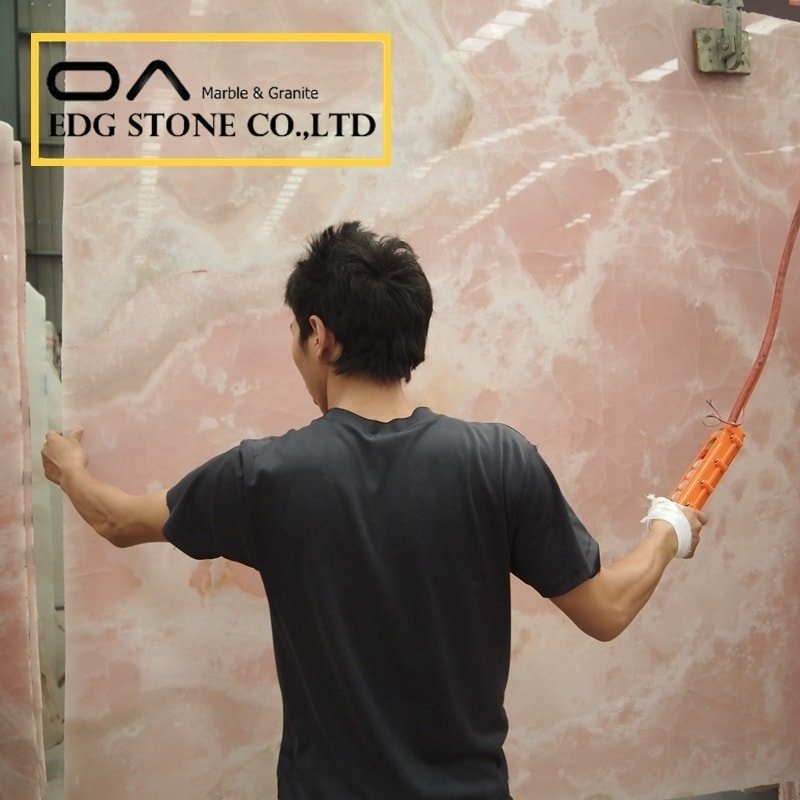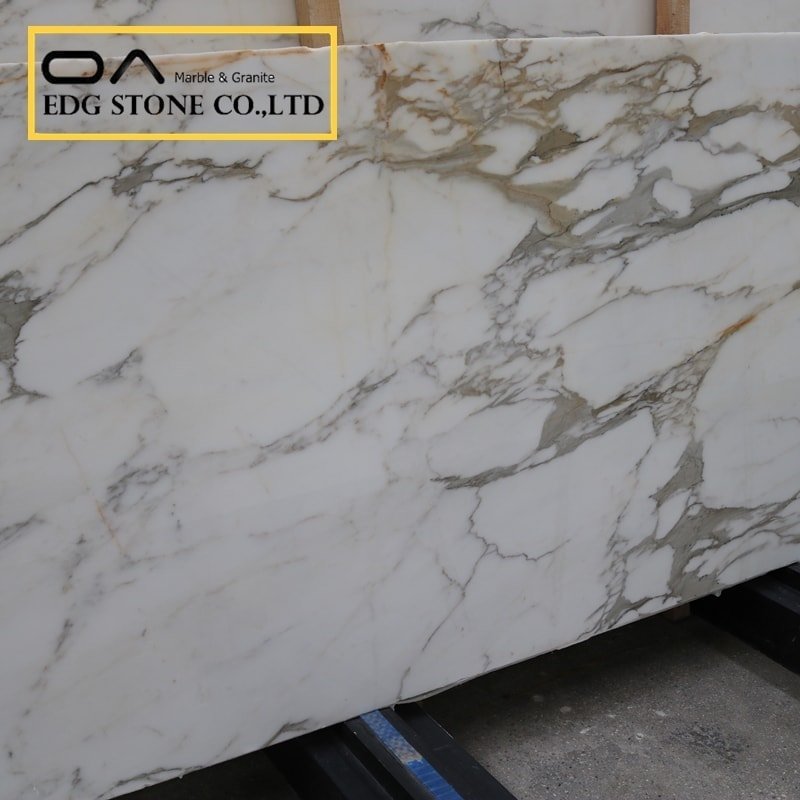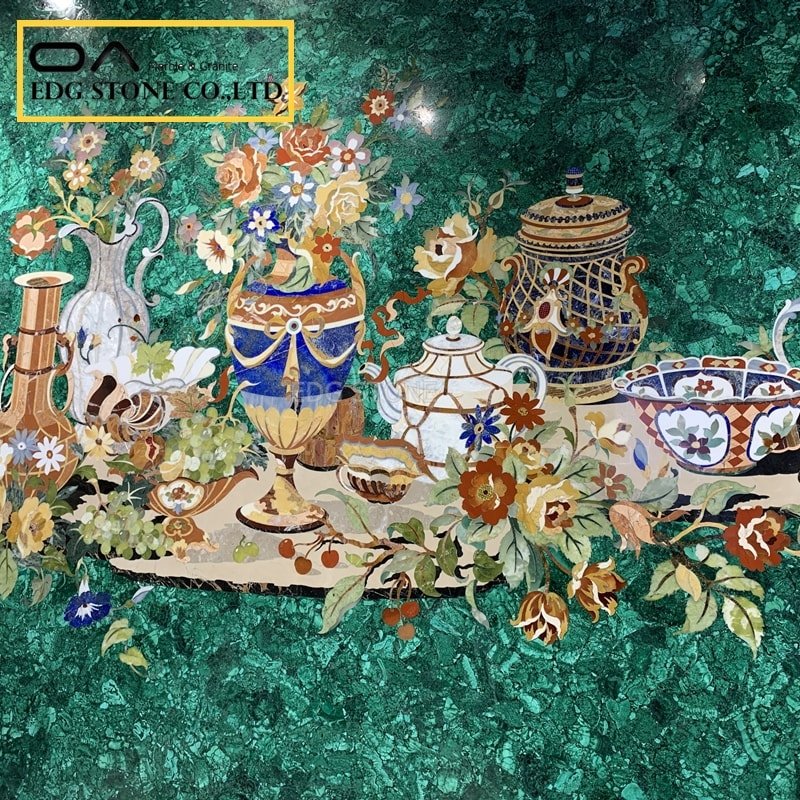Introduction
Table of Contents
ToggleChoosing the right stone surface often comes down to aesthetics, durability, and cost. If you’ve ever compared Onyx and marble, you know they share similarities but also stark differences. In this article, we’ll uncover the Top 10 differences between Onyx marble and traditional marble.
1. Formation and Composition
Onyx Marble: Formed from calcium carbonate deposits in caves, often layered with banded patterns.
Traditional Marble: Metamorphic rock created from limestone under heat and pressure.
2. Visual Appearance
Onyx is famous for its vibrant banding, translucency, and glowing effect. Traditional marble, on the other hand, is known for subtle veining and elegant patterns.
3. Translucence
One of the most remarkable differences between Onyx marble and traditional marble is translucence.
Onyx Marble: Semi-transparent; can be backlit for dramatic effects.
Traditional Marble: Opaque; light does not pass through.

4. Durability
Onyx Marble: Softer, more fragile, and prone to scratches.
Traditional Marble: Harder and more suitable for high-traffic surfaces.
5. Applications
Onyx Marble: Best for decorative walls, feature panels, and bar tops.
Traditional Marble: Suitable for floors, countertops, bathrooms, and heavy-use areas.
6. Maintenance Needs
Onyx Marble: Requires frequent sealing, delicate cleaning, and protection from acids.
Traditional Marble: Needs regular sealing but is less delicate.

7. Cost
Onyx tends to be more expensive due to its rarity and complex installation. Traditional marble offers more competitive pricing with wider availability.
8. Availability
Onyx Marble: Less abundant; available in smaller slabs.
Traditional Marble: Widely available globally, with large-format slabs.
9. Weight and Handling
Onyx Marble: Lightweight but fragile; requires expert installation.
Traditional Marble: Heavier and more durable, easier to fabricate.
10. Long-Term Value
Onyx Marble: Best for luxury accents and statement designs.
Traditional Marble: Retains long-term resale value due to durability and timeless appeal.

Quick Comparison Table
| Feature | Onyx Marble | Traditional Marble |
|---|---|---|
| Composition | Calcium carbonate deposits | Metamorphosed limestone |
| Appearance | Vibrant bands, translucent | Elegant veining, opaque |
| Translucence | Yes, backlit is possible | No |
| Durability | Fragile, scratches easily | More durable |
| Best Use | Decorative features | Countertops, flooring |
| Maintenance | High | Moderate |
| Cost | Higher | More affordable |
| Availability | Limited | Abundant |
| Handling | Fragile | Easier to fabricate |
| Long-Term Value | Luxury accent | Timeless investment |
Final Thoughts
By now, you understand the Top 10 differences between Onyx marble and traditional marble. Onyx is dramatic, rare, and best for statement-making interiors, while marble is timeless, durable, and versatile for everyday use.
Related Internal Links (for EDG Stone website)
External Resource (DoFollow)
Learn more about natural stone differences at Marble Institute of America
